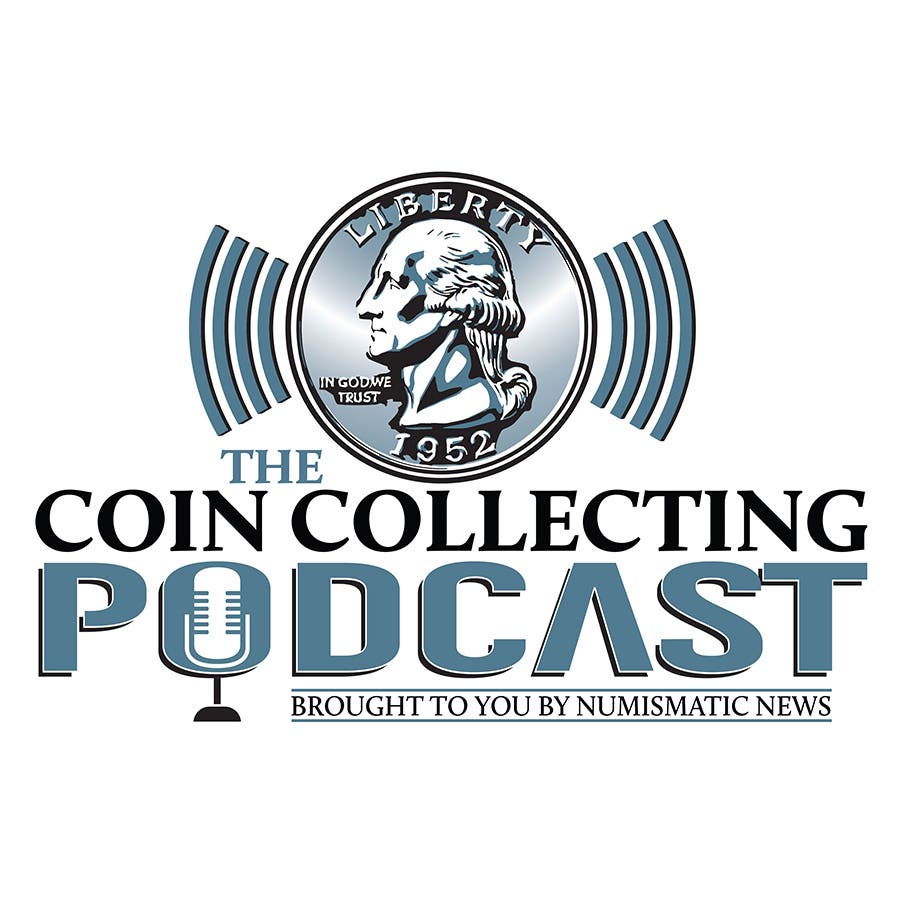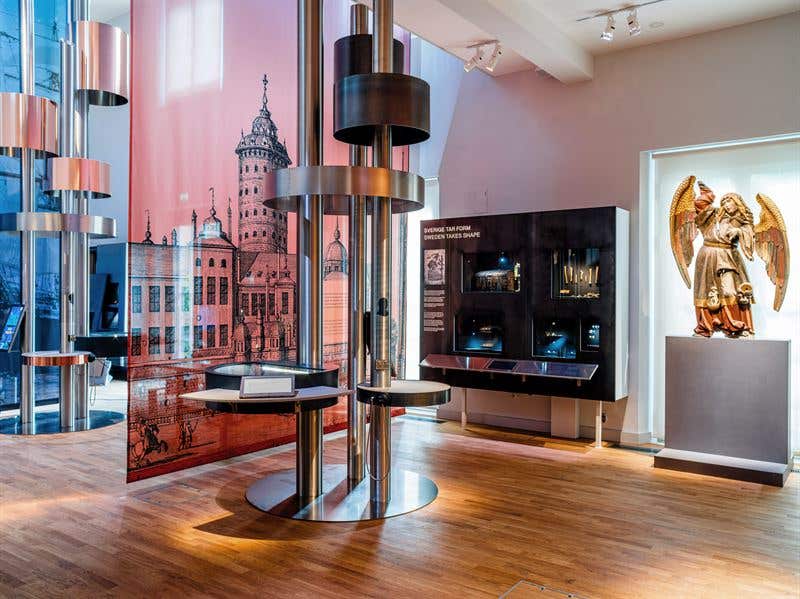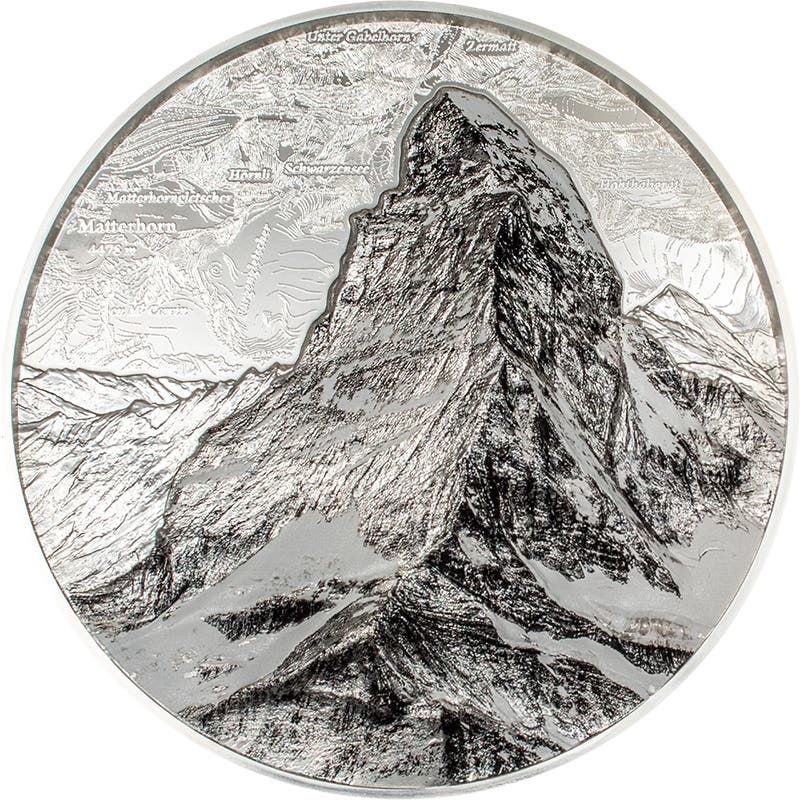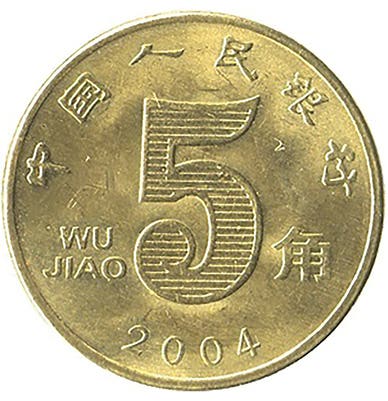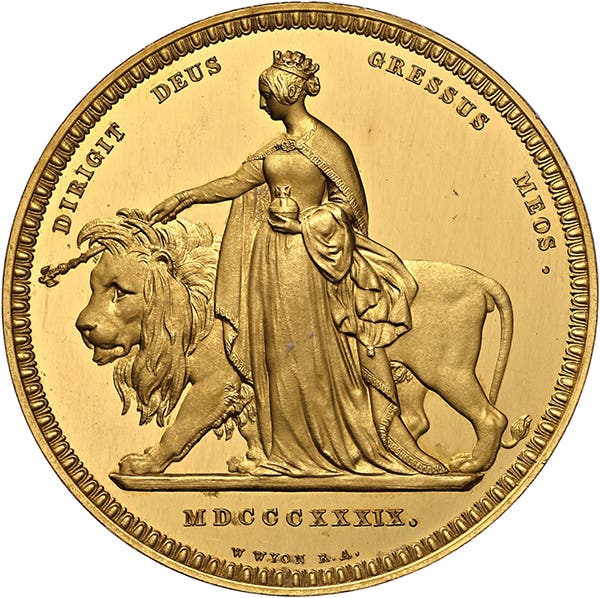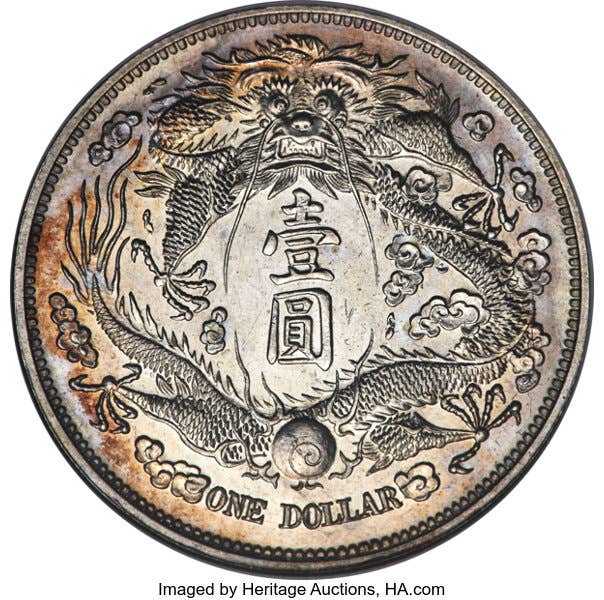Behind the Scenes: A Look at the Coin of the Year Program
Tom Michael was busy juggling all the work putting together the 40th Coin of the Year program alongside his usual duties as a Market Analyst for NumisMaster.com but still graciously…
Tom Michael was busy juggling all the work putting together the 40th Coin of the Year program alongside his usual duties as a Market Analyst for NumisMaster.com but still graciously granted me some of his limited time to sit down for an interview. This is only the third Coin of the Year Program I have had the privilege of watching come together since I joined the Numismatics team as the editor of World Coin News and I am still in awe of the amount of work that goes into making the program what it is. I remember all the questions I subjected Michael and his co-coordinator Maggie Pahl to when I was first heard of it. What is it? How does it work? How do you maintain integrity? And most importantly: How can I be involved?
The excitement of the 40th awards gave me the perfect opportunity to sit down with Michael and ask him a few questions about COTY, some of which we get asked often from readers, and a few I thought might be of interest to those who follow the competition every year.
Mattimiro: Thank you for taking the time to answer some of my questions, I know you’re very busy. Let’s start at the beginning; when did you first join the COTY staff?
Michael: My first foray into COTY was in 1990, considering 1988 coins. I was asked to join the COTY Nominating Committee because of my broad interest in world coinage. That first year I nominated the East German DDR 5 mark for the 50th Anniversary of the Death of Ernst Barlach in the most artistic category. That caused a bit of a ruckus!
Mattimiro: You’ve been with it for a long time now, about 30 years. Can you tell me how has your role changed from then until now? When did you first become a COTY coordinator?
Michael: After that controversial beginning, it was quite a few years before I became actively involved in other aspects of COTY. The build-out of the Judges panel was a project I undertook in 2008 and one which continues today. I’ve curated and grown the Nominating Committee and Judges Panel during the last 15 years to expand the expertise, improve the response rate and maintain the quality of COTY, which is the longest running coin award program in numismatics.
My taking on more responsibility for COTY and eventually becoming a co-coordinator has been a gradual transition as staff has left or retired. I think the big jumps occurred in 2008 when I began refining the Judges Panel, 2015 when I took on a bigger role in the COTY ceremony and 2019 when we joined Active Interest Media.
Mattimiro: How hard was it to get COTY to the level that it is today? It can be difficult to imagine a small group of people from Wisconsin making such a prestigious international awards program in such a short period of time.
Michael: This small group of people built the Standard Catalog of World Coins and expanded it from one to five centuries in about the same amount of time that COTY has been developed to what it is today. None of us was ever shy of hard work or short on ideas and we had plenty of help from all around the industry.
Mattimiro: Can you tell me a little about the process that goes into putting the program together?
Michael: The annual starting point is the Call for Nominations, which goes out to mints, central banks and distributors. Their returned materials are used to create a 500-coin document with data and images for all coins. This “packet” is used by the Nominating Committee to select the COTY 100 Nominees. In the first round of voting the Judges Panel votes for the best coins in each of ten categories. From this the ten category winners emerge and are then grouped together for a final vote for the overall Coin of the Year.
Mattimiro: You’ve mentioned the Judges Panel and the Nominating Committee a few times now. What’s the difference between them?
Michael: The Nominating Committee selects the COTY 100, ten coins in each of ten categories. The Judges Panel then votes on each of those ten categories to produce ten winners. These ten category winners which go on as finalists for the overall COTY winner, which is determined by the Judges Panel in a final ballot.
Mattimiro: You talked earlier a little bit about how you have spent years building the list of Judges, how does one get on either the Judges Panel or the Nominating Committee?
Michael: Curating and developing the Nominating Committee and Judges Panel are entered into with specific criteria designed to maintain stability and expand perspective. Therefore, becoming a member of the Nominating Committee or Judges Panel is done by invitation only. Folks who have a serious interest should speak to one of the COTY staff for more information.
Mattimiro: Do you have a favorite memory from working with either group?
Michael: Building the Judges Panel has been a very enjoyable experience for me. Meeting people, learning what they do in numismatics, getting a sense of their passion, these are fun exchanges. This helped me to understand where the Judges Panel could be improved, particularly in specialized areas such as design and production. I had a wonderful time adding medalists, designers, engravers, and a great variety of technical experts to the Judges Panel. The quality of COTY has been strengthened through their input.
Mattimiro: With all your work over the years, is it safe to assume that the Judges Panel has seen a lot of changes over the years? How about the Committee?
Michael: Several of the original Nominating Committee members have passed on, though many remain and help to keep the COTY process consistent. A number of new members have been added over the past 15 years. These selections are approached with care and caution because this group is small, diverse, and generally very complex in its dynamics. As for the Judges, originally, they had more mint officials than medalists. That has been brought into a better balance, while numismatic experts, museum curators and journalists have been expanded and brought into balance as well. The addition of technical experts was established in 2018 with the invaluable assistance of Dieter Merkle and Thomas Hogenkamp, organizers of the Technical Forum.
Mattimiro: How has the COTY program changed over the years as a whole?
Michael: Categories, procedures and personnel have all changed over the years since 1984 for COTY. We are always examining our process and looking for ways to improve. However, the central idea of competition encouraging change has remained constant.
Mattimiro: The most recent change is moving the ceremony to the World’s Fair of Money hosted by the American Numismatic Association. What brought this about?
Michael: Our last ceremony in Berlin was in 2020, with Maggie Pahl and me returning to a world restricted by COVID-19. What followed for COTY was three years of virtual meetings and ceremonies, trophy shipping difficulties and rising costs. Coin of the Year was always designed to encourage better coin production, never as a for-profit venture. We have been very fortunate to have a wonderful sponsor in The Journal of East Asian Numismatics, but they can’t fund all we want to do. The sponsorship of the World’s Fair of Money opens up so many great opportunities for COTY, the ANA and world mints to connect with collectors that it instantly became the clear path forward for all of us.
Mattimiro: Anything you’d like to say to people who are disappointed that you aren’t going back to hosting in Berlin?
Michael: While the World Money Fair provided a wonderful environment for COTY and we cherish those years and the friendships they produced, we are looking for something new with the ANA. We are really looking forward to our new relationship with the World’s Fair of Money as an opportunity to encourage collectors and mints to come together in a new forum to exchange ideas about coin collecting and production.
Mattimiro: I understand that you’ve been approached by various mints for advice on how to win an award. What do you tell them?
Michael: Look at the winning coins carefully, compare them to your own coins honestly, and if you see what we see, then you must challenge yourselves to produce better coins. That is the primary purpose of the Coin of the Year Awards: to encourage everyone to produce better coins.
Mattimiro: Since this is the 40th, that means you’ve been around since pretty early on and you’ve seen a lot of coins go through the program. Have any in particular stood out to you?
Michael: For me there have been stand-out coins and stand-out years for the COTY competition in the 21st Century. The 2009 overall winner from Mongolia, the 500 Tugrik Wildlife Protection Gulo Gulo of 2007, created quite a stir and brought CIT the serious attention they deserved. The following year’s overall winner came from Latvia and presented a 1922 design which had not previously been struck in a 2008 issued gold piece. This changed perspective for the competition and placed Latvia at center stage, where they have returned many times since. That same year Austria won its first award for a 25 Euro silver and niobium coin, the Fascination Light. This series has been winning COTY awards almost every year since.
Personally, I can point to two favorite coins that really held my attention in COTY competition. These came in the back-to-back years of 2018 and 2019: the German Planet Earth polymer ring 5 Euro and the French Excellence – Guy Savoy 50 Euro “Egg” respectively. The development of a practical production polymer ring and with many potential applications was extremely exciting for the German Federal Ministry of Finance. The 2019 competition produced five trophies for the Monnaie de Paris, including Best Circulation, Best Bi-metallic, and Best Silver for my favorite “Egg”, which also went on to win the overall COTY that year. All this was followed up by a Lifetime Achievement Award for the legendary artist, designer and engraver Joaquin Jimenez.
Mattimiro: Some of your favorite coins are all over the board in terms of theme and design. How about categories, do you have a favorite COTY category that you look forward to seeing? If so, why?
Michael: I really do enjoy every one of the ten current categories, but I always look toward the Innovative and Circulating categories to offer up the best practical outlooks for the future of coins as a medium of exchange.
Mattimiro: I’m excited to see my first live ceremony. I joined the Numismatics team at AIM just in time for the first virtual ceremony in 2021. Can you give us a sneak-peek at what we can expect at this next awards ceremony?
Michael: Unfortunately, I cannot. However, everyone is welcome to attend the 40th Coin of the Year ceremony at the World’s Fair of Money in Pittsburgh on August 9.
Mattimiro: Thank you again for taking the time to talk to me. The 40th Coin of the Year is a major milestone and I know you’ve been awfully busy getting everything ready.



